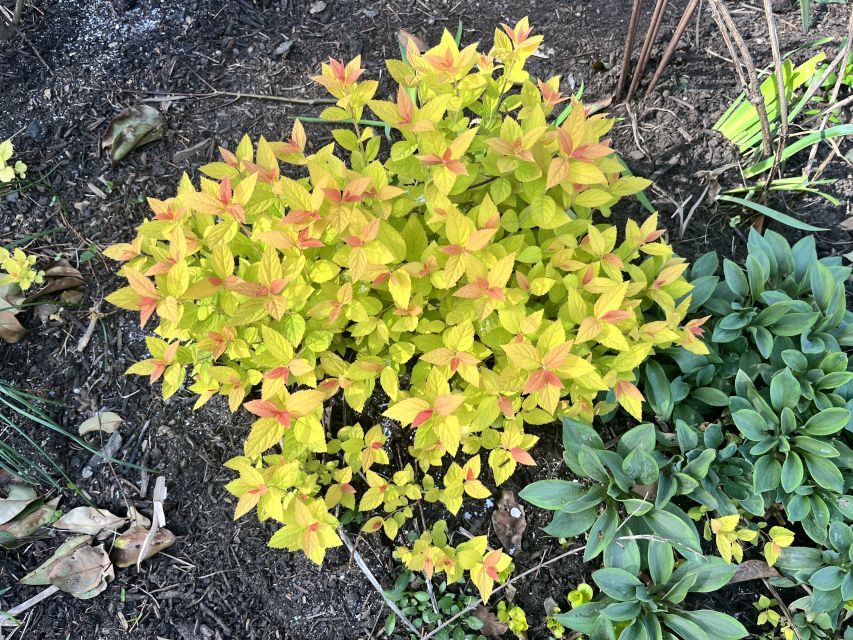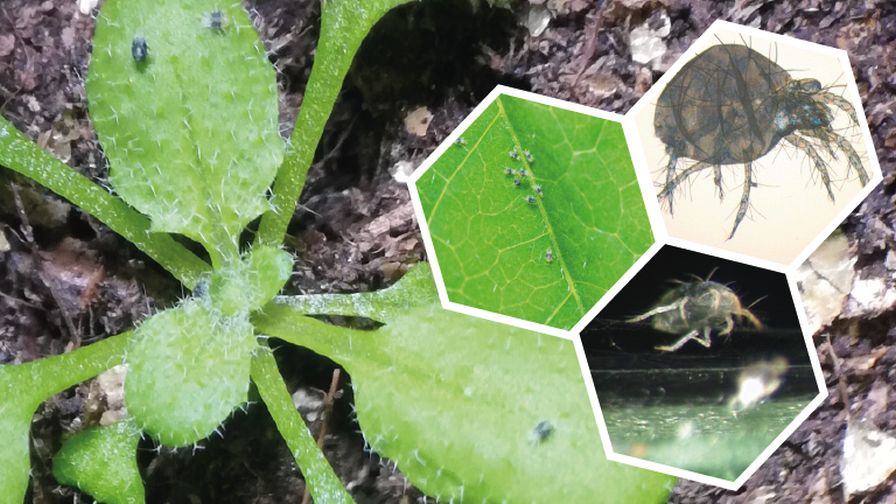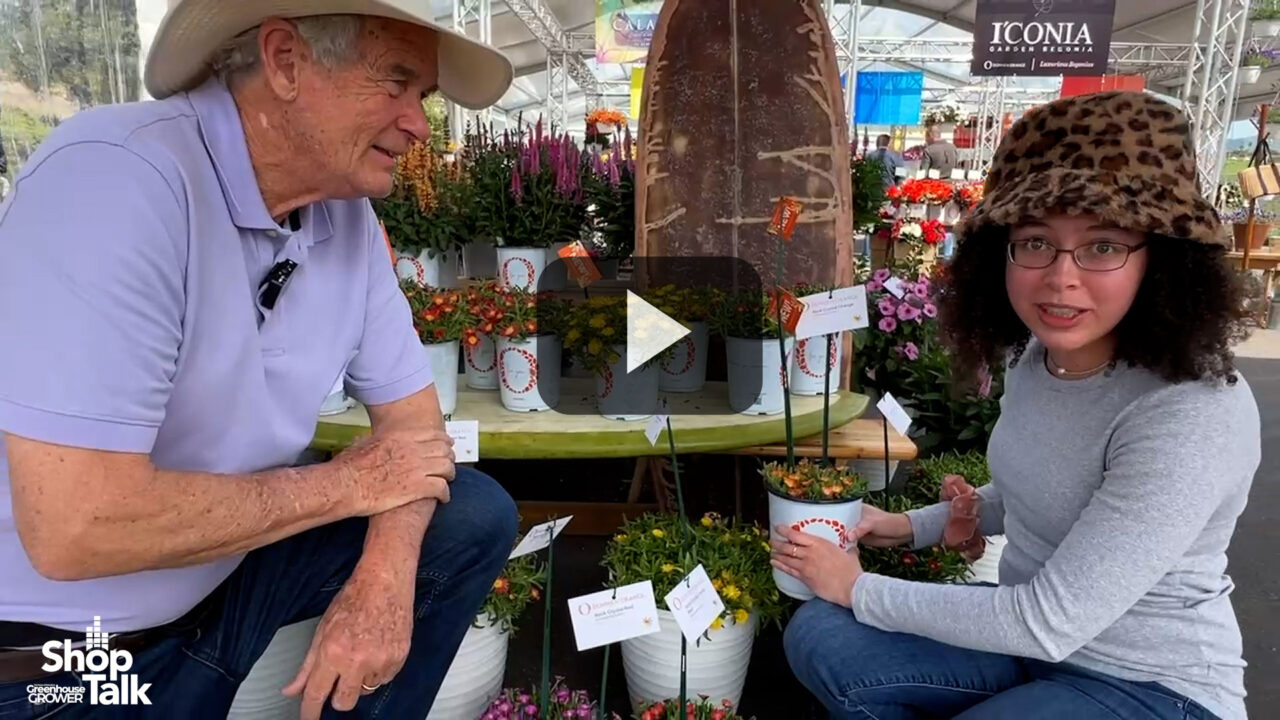Shubin Saha Has Kentucky Fresh Harvest Primed for Growth
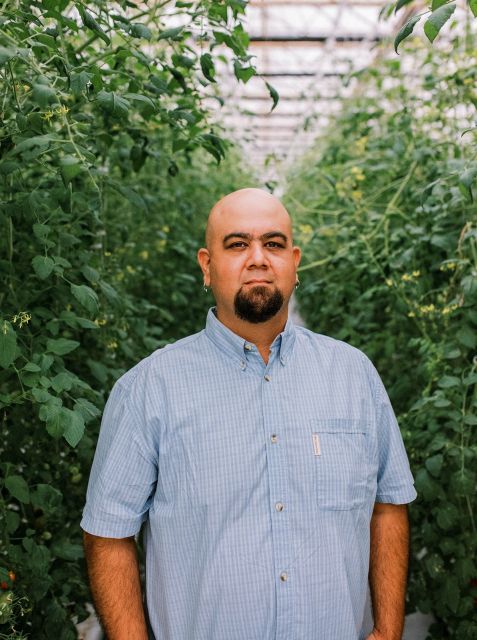
Since joining Kentucky Fresh Harvest, Shubin Saha has played an important role in bringing the company to the forefront of greenhouse tomato production. Photos: Kentucky Fresh Harvest
Kentucky may be famous for its bourbon, horses, and fanatical college sports fans. But lately, it’s also making a name for itself as a hotspot for greenhouse vegetable production. One of the companies playing a key role in this is Kentucky Fresh Harvest, which after several years spent building the state’s first high-wire vegetable production greenhouse, launched its Brilliant tomatoes brand last year.
Among the people involved in the development of Kentucky Fresh Harvest is Head Grower and Chief Operating Officer Shubin Saha, whose past experience in research and helping other growers has paved the way for his own success at Kentucky Fresh Harvest.
Following His Dream
Originally from Lexington, KY, Saha earned his degree in horticulture from the University of Kentucky. He quickly realized his passion was in greenhouse research because of the ability to manipulate the crop, and his dream was to run his own greenhouse, specifically one that grew vegetables.
“Growing up I had a lot of interests I wanted to explore, but in the end horticulture drew me in,” Saha says. ”I just figured that people will always need to eat.”
His graduate studies took him to Florida, where he was among the first group of students in the Doctor of Plant Medicine program at the University of Florida. It is an interdisciplinary study involving entomology, plant pathology, and soil science; basically, anything and everything under the sun that would affect crop growth, Saha says.
“Part of the reason I went to Florida was I figured if I could grow a crop in Florida, with all its pest and disease pressure, I could grow a crop anywhere,” he says.
This interest in research and education continued when Saha returned to the Midwest and spent five years as a horticulture professor at Purdue University. Eventually, a vegetable specialist position opened at the University of Kentucky, giving Saha the chance to not only return home and support small farmers in the Bluegrass State, but also to bring applied research to real-world production.
This Extension experience eventually brought Saha face to face with the team that would launch Kentucky Fresh Harvest. He first worked with them strictly on an advisory level, but after a few months, it became apparent that his interest and knowledge in greenhouse vegetables, as well as his connections within the state, mirrored the Kentucky Fresh Harvest team’s need for someone to manage the day-to-day operation of what would become its production facilities.
“I simply couldn’t pass up the opportunity to run what was, at that time, the only vegetable production greenhouse at commercial scale in Kentucky.”
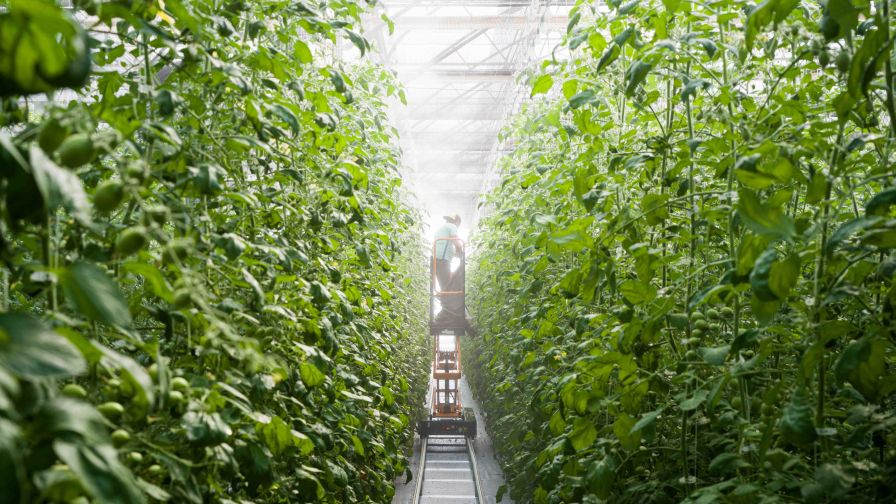
The greenhouse is just a tool in producing a crop, but when paired with a great team, that tool can be used to do amazing things, says Shubin Saha.
Building From the Ground Up
Saha also honed his construction skills during this phase of the project, utilizing his first-hand knowledge and experience in horticulture to advise the team on everything from natural gas infrastructure to the closed-loop irrigation system in use today. At the time, the structure for the greenhouse had already been selected, so Saha offered his expertise on how to incorporate best practices for integrated pest management and fine-tune existing design layouts to best produce a high-quality crop in this region.
“Having been a resident of Kentucky who spent at least half my life in the state, I understand the climatic conditions and some of the extreme weather events that we can encounter,” Saha says. “Growing in Kentucky comes with a lot of unique challenges and, if you know what to be prepared for, a ton of advantages as well.”
This initial process of establishing Kentucky Fresh Harvest as a growing operation was invigorating for Saha, as he was able to apply his field research from his past university experience into a real-world setting.
“We solve problems every day and give everyone on our team a chance to come up with a solution,” Saha says. “We’re here to serve the plants, so the goal is to come up with the safest and most economical means to that end.”
This is especially important at Kentucky Fresh Harvest where the leadership culture is focused on respect for both the knowledge and experience of the people they’ve chosen to run things on the farm.
“We’re lucky to have local investors and Directors that are committed to not just the business, but the welfare of their community as well. “, Saha says. “The Head Grower’s job is to voice the needs of the plants and people on the ground to perform at their best, and it’s refreshing to be surrounded by a leadership team that respects the weight of that role.”
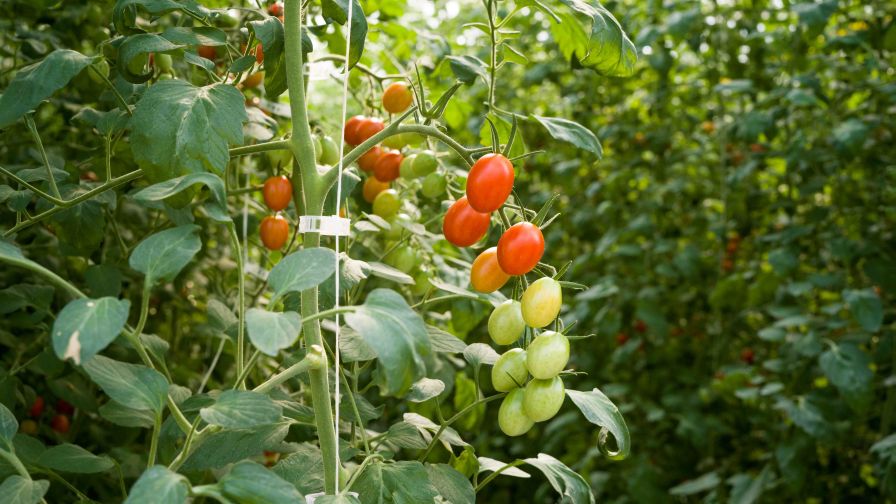
Potential new varieties are evaluated for shape, color, and yield, as well as their disease resistance package.
Planning for Growth
As Kentucky Fresh Harvest continues to grow (its first tomato harvest took place last year), Saha is now addressing the new challenges that come with a growing business. One of them is food safety.
“When we had a new food safety manager come on board, they were seeking answers to some questions I didn’t have the answers to,” Saha says. “Through my network of university contacts, I got them in touch with the folks that I used to work with at Purdue who were food safety specialists, and within 24 hours we were getting answers to our questions.”
Internally, Saha works closely with Trevor Terry, Chief Marketing Communications Officer at Kentucky Fresh Harvest. Terry is responsible for defining and implementing the farm’s communications strategy and developing a brand that will engage the consumer. Together, Saha and Terry have combined their efforts to match what works on the farm with what works best for the end consumer, especially when it comes to variety selection.
“While I’m looking for genetics that fit with our needs, we also have to hit the mark on what our buyers want,” Saha says.
This also means working closely with breeders, especially those who are developing varieties specifically for greenhouse production.
“We’re looking for more compact, stout plants that will set enough fruit clusters and have high enough brix, which is very important with grape and cherry tomatoes,” Saha says.
Keys to Future Success
For Kentucky Fresh Harvest to thrive in the long term, Shubin Saha recognizes the importance of fostering growth and cooperation across the industry. Locally, this includes the company’s role in the state’s AgriTech Advisory Council.
“It’s been an honor to represent Kentucky Fresh Harvest within that group,” Saha says. “We recognize that greenhouse vegetable production is only a part of the overall vision of the future of Kentucky agriculture, but we see our role as year-round growers of fresh vegetables as vital to that vision now and in the future.”
Kentucky Fresh Harvest’s involvement in the AgriTech Advisory Council has helped create connections with agriculture specialists throughout the state, as well as other growers. Saha says he hopes these new relationships lead to more collaboration and prosperity for the Commonwealth.
“Competition is a natural mindset to fall into, and while I’ve got my own competitive nature, I think there’s plenty of room to grow in this space and plenty of work to be done,” Saha says. “I hope everybody that tries to get into greenhouse vegetable production in the state of Kentucky does well. Healthy competition in the region is good for the industry as a whole and, given what we’ve been through with supply chains over the past few years, putting Kentucky on the map can only strengthen our business in the future.”
Saha also points to the greenhouse industry in Leamington, Ontario, as a great model to follow.
“Growers in that area constantly partner with support industries, and collaborative examples like that can lead to future business opportunities,” Saha says. “Our industry in Kentucky isn’t big enough yet, but hopefully efforts like the AgriTech initiative can get us there.”
What’s Coming
As the Kentucky Fresh Harvest team looks to the future, Saha is also focused on a few new endeavors, including efforts to develop more horticulture talent in the state.
“One of the things I look forward to in 2022 is a move toward more innovative practices in not just the science of what we do, but the way we manage work on the farm,” Saha says, “Our future depends on the education of the next generation.”
The Commonwealth is primed for more growth in agriculture, and Kentucky Fresh Harvest is working directly with other organizations at the local and national level as part of the Sustainability Talent Pipeline Management project, organized by the Kentucky Cabinet for Education and Workforce Development and Kentucky Chamber Workforce Center. TPM is an employer-led and demand driven approach for businesses to create and manage talent ‘supply chains’, and Kentucky’s effort is focused on the development of talent in sustainable industries specifically. Along with KFH, this group’s members include representatives from organizations such as GE, Lexmark, and fellow Kentucky natives at Rubicon, to name a few.
“We want to make better-educated decisions as we move forward and look at where our shortcomings are or where we’re inefficient,” Saha says.
“Packaging, specifically, has been a major headache that we have focused on relieving in the coming year with some truly innovative alternatives to the status quo,” he continues, ”I can’t say too much just yet, but I can say that we’re thrilled to be partnering with a major player focused on sustainable alternatives to move the needle on materiality in this category.”
Kentucky Fresh Harvest is also expanding into another 4-plus acres, which would bring it up to about 15 acres total. This growth will include a greater focus on research and development, including moving away from growing seedlings and using more grafted vegetable plants. Meanwhile, the company will continue to focus on new variety testing, as well as new lighting technology.
Saha emphasizes that while Kentucky Fresh Harvest won’t haphazardly drop money into new products, there is room for evaluation.
“We see new products for our industry all the time, and if someone presents us with good hard data that was scientifically developed, it’s worth looking into,” Saha says.
Ultimately, the greenhouse is just a tool, but when paired with a great team, that tool can be used to do amazing things.
“Beyond expanding our current production and making improvements to existing systems, we’re making a serious effort to build a culture of shared responsibility and mutual respect at every level of the company,” Saha says.
Personal and Professional Growth
This past year was difficult for many reasons, but with difficulty always comes growth, according to Shubin Saha, Head Grower and Chief Operating Officer at Kentucky Fresh Harvest.
“Beyond thinking outside of the box logistically, strategically, and holistically, I learned to become even more flexible when it comes to problem solving and that it always helps to plan even further ahead (if and when possible) when it comes to supply availability and issues that may arise within it,” Saha says.
Looking at the top issues that will drive his own individual success, and the success of Kentucky Fresh Harvest, in 2022, Saha says the team is unequivocally the heart of the company.
“We will continue to work together as a team to strengthen the talent we are cultivating at this company,” Saha says. “We’ll be more proactive with issues that arise in the facility, and both identify and strip away unnecessary or unproductive tactics that reduce efficiency and increase the cost of production.”





